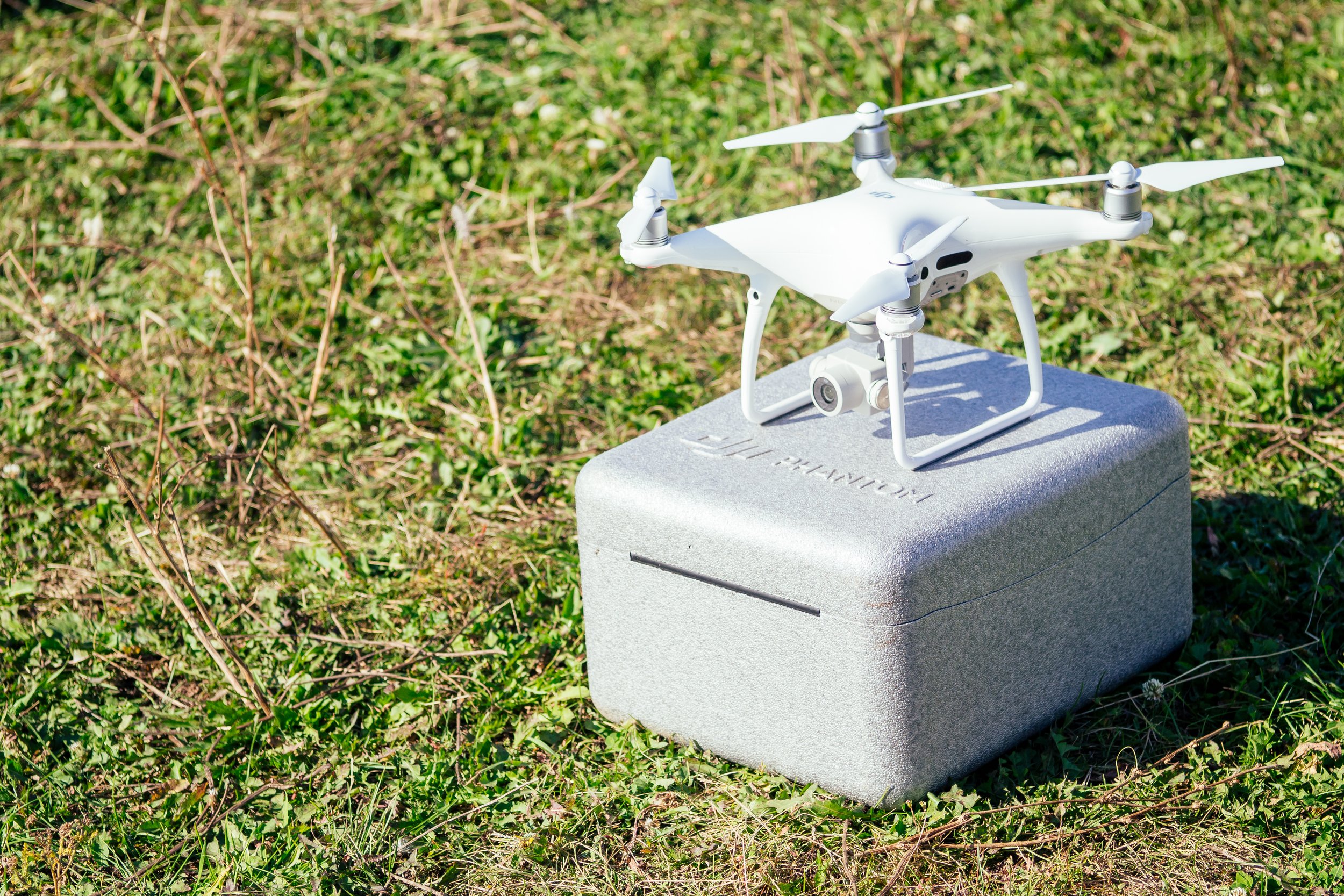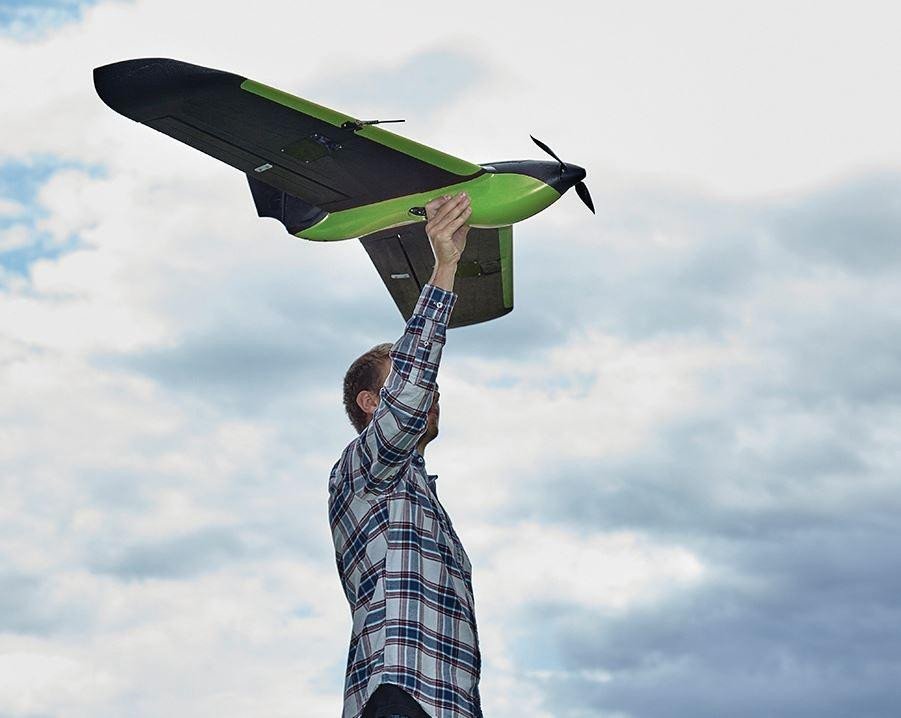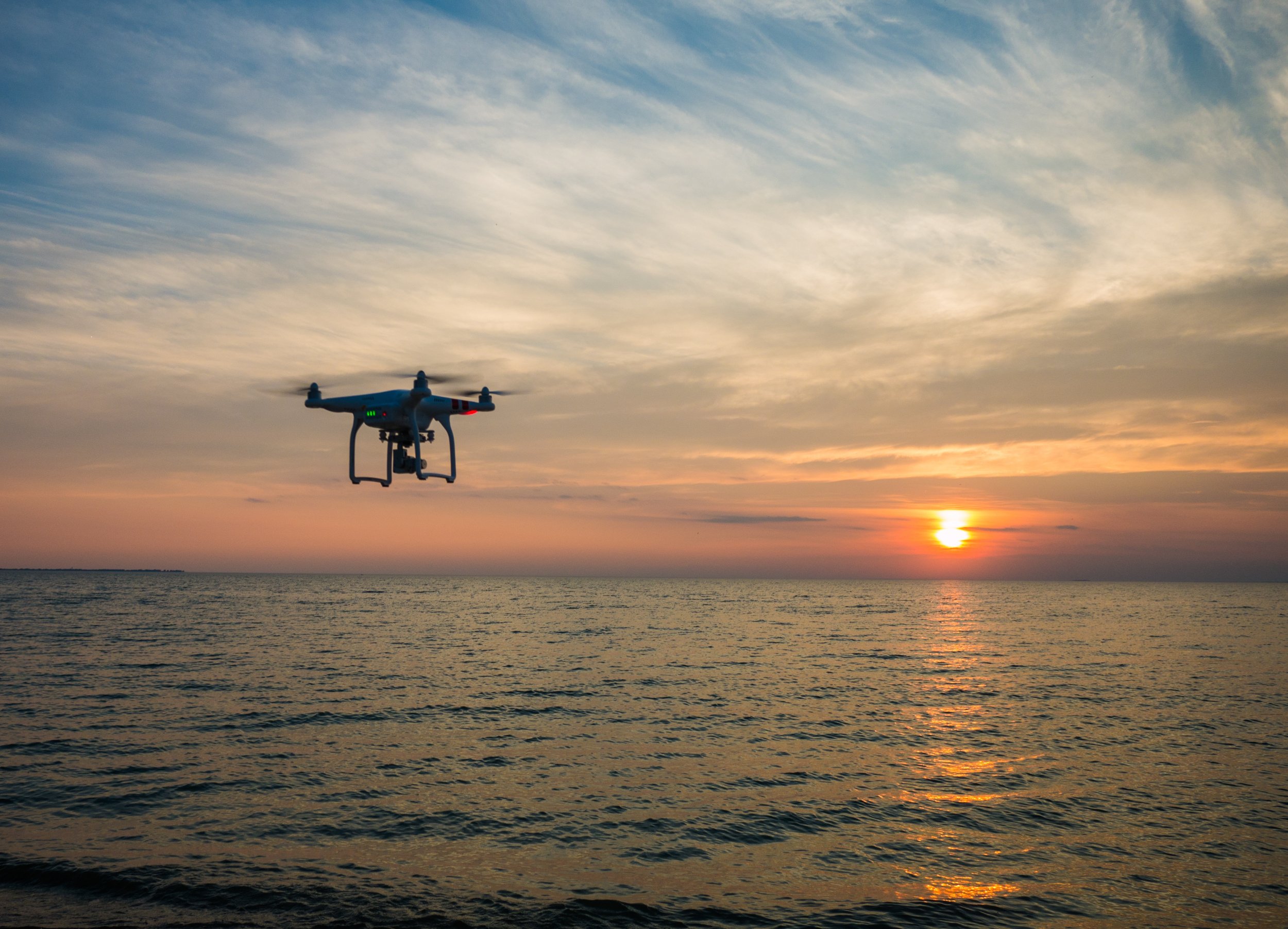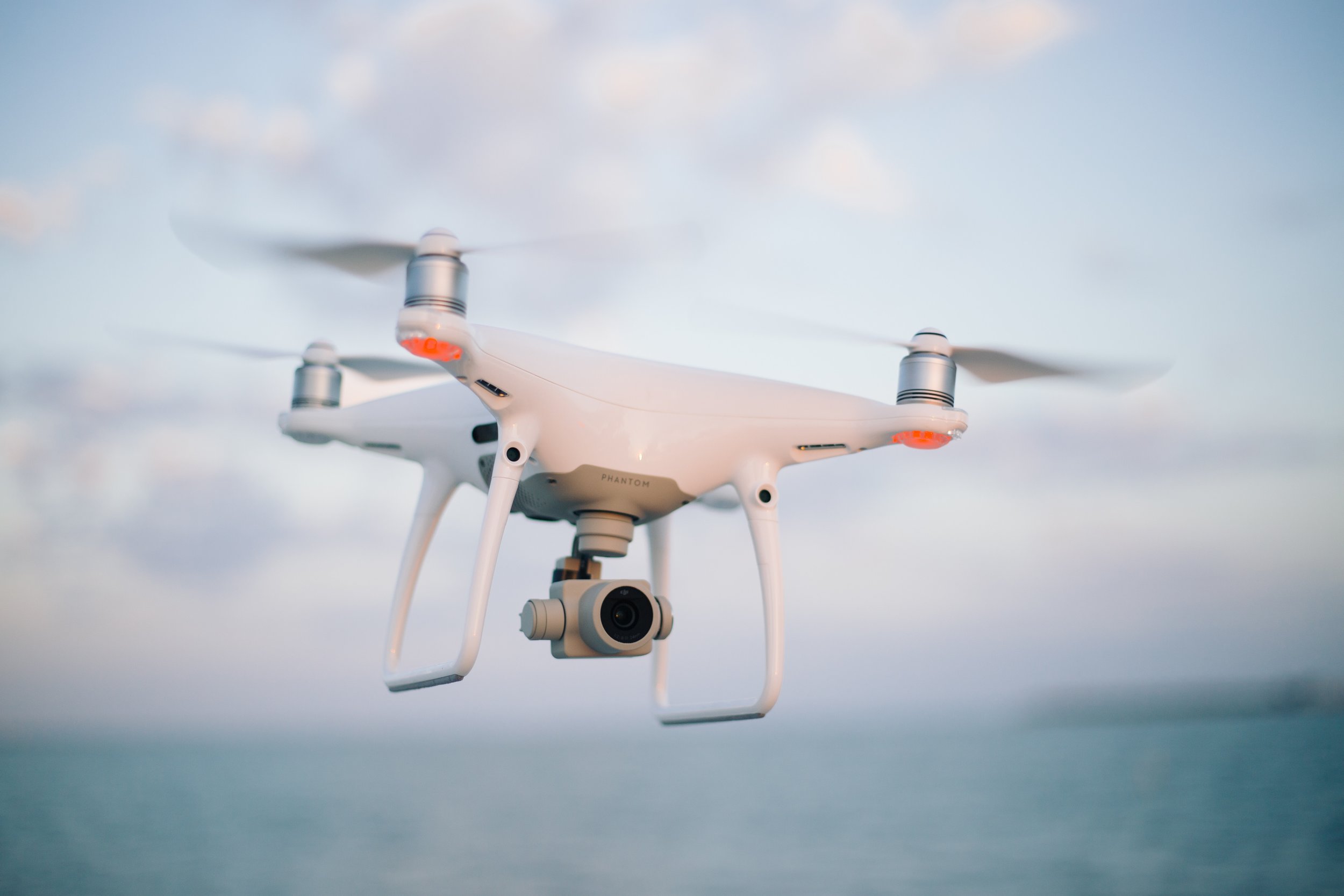
We cover a LOT of stuff in here, from our capabilities to best practices.
BOTLINK ARTICLES
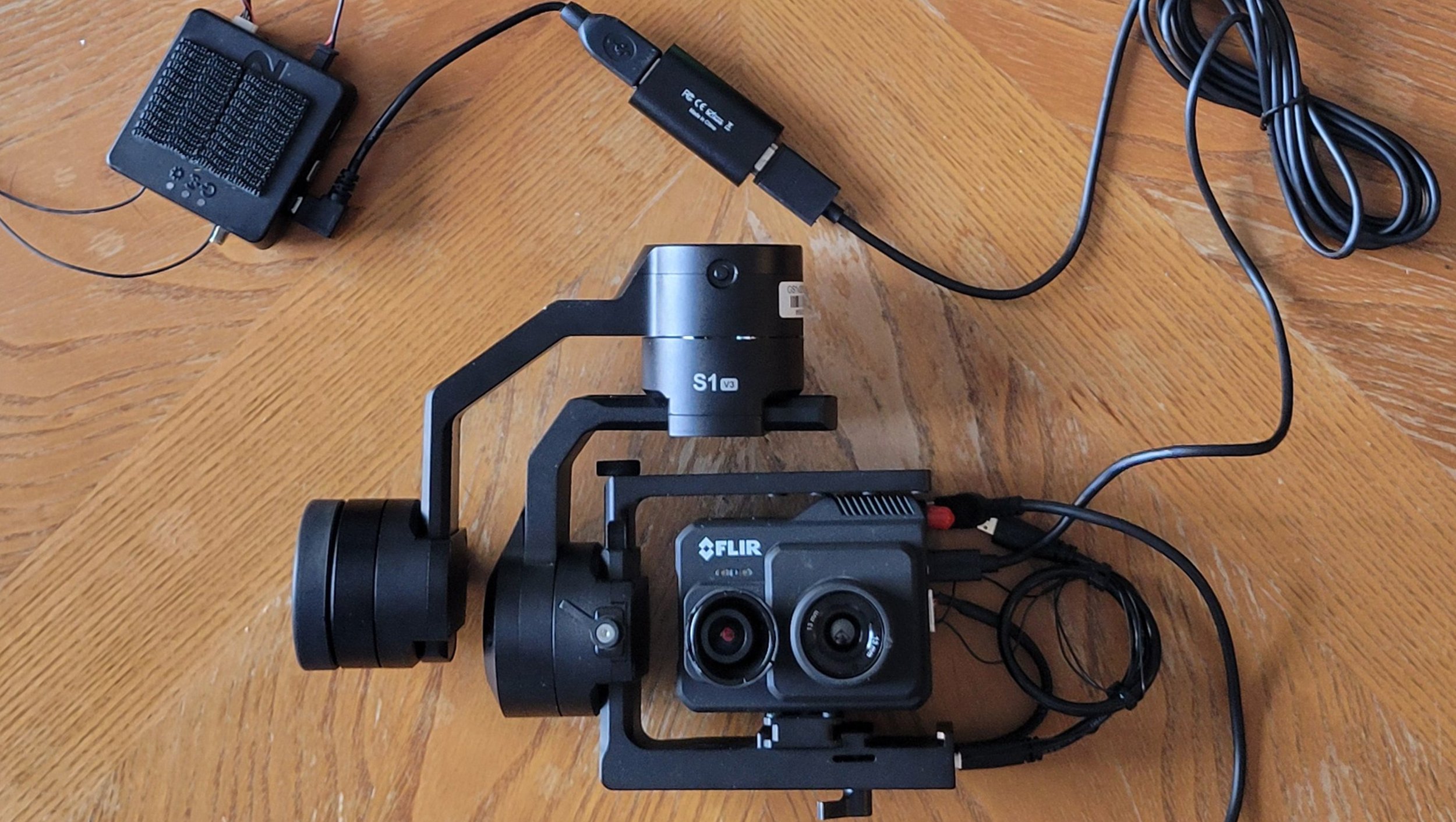
Using the XRD2 with a FLiR Camera
This article will walk you through how to connected a Gremsy gimbal and Flir Pro thermal camera to your ground station over the XRD2.
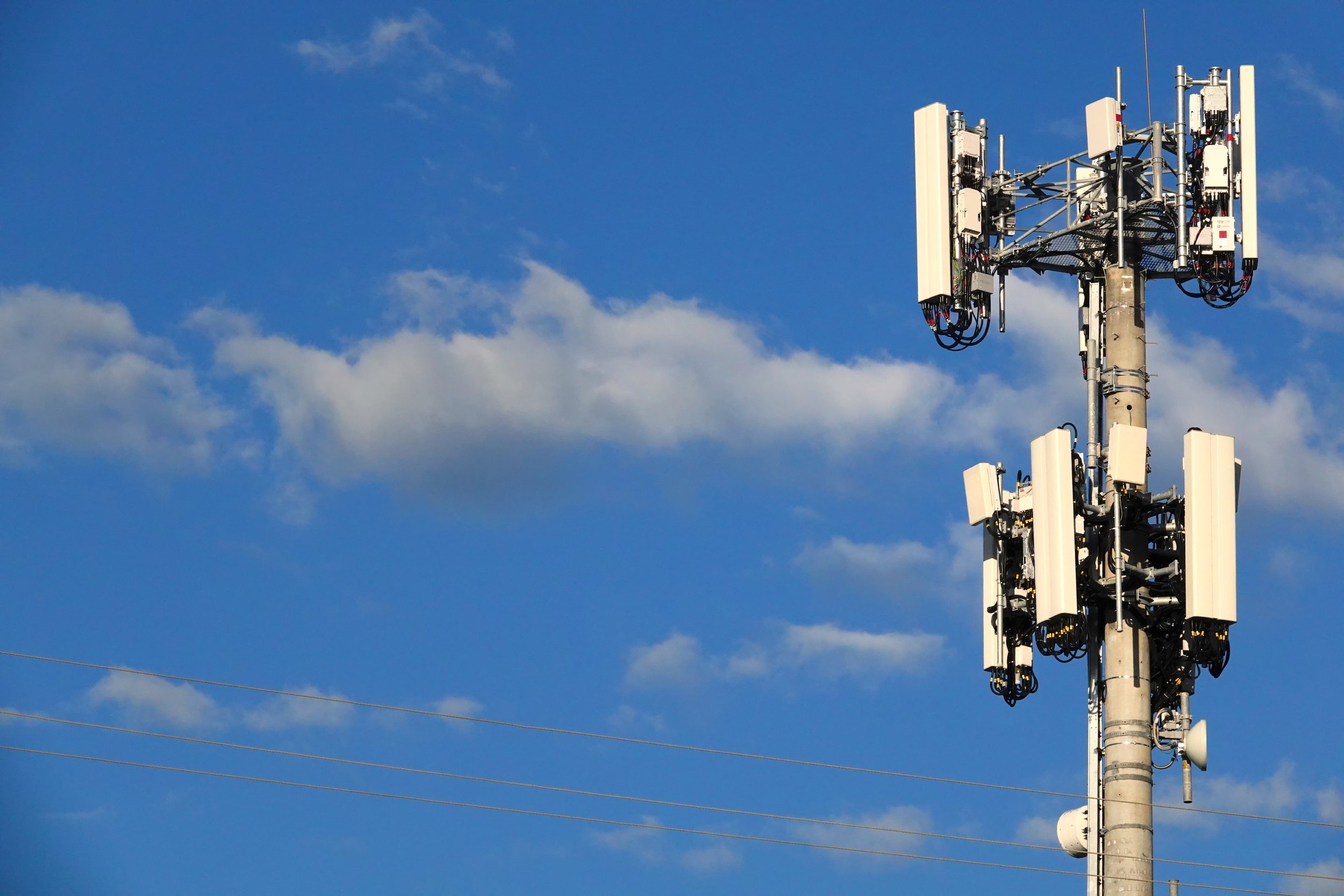
Why Cellular? Reasons for Integrating Cellular C2 in your Drone
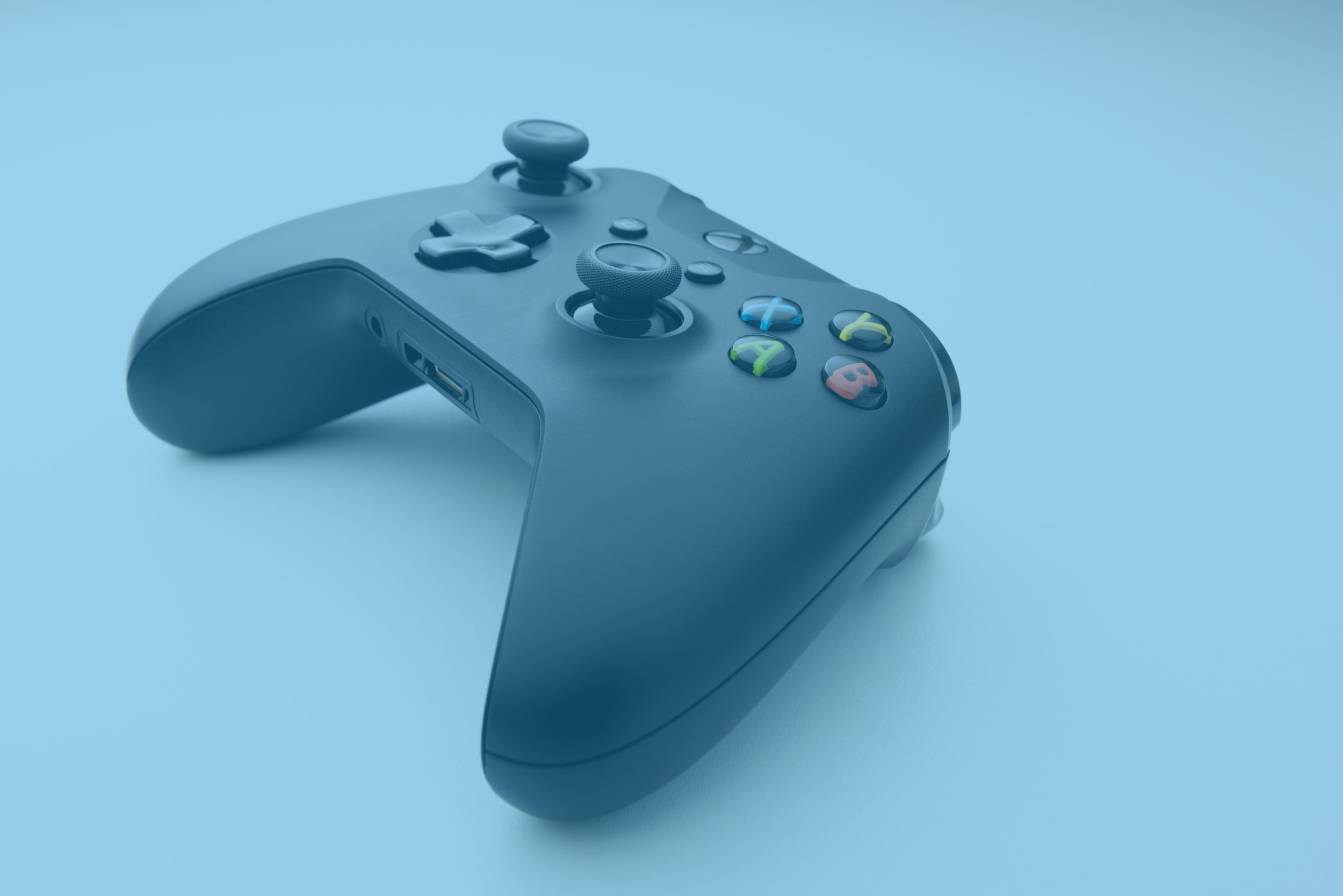
How to Set Up an Xbox Controller for a Pixhawk Autopilot And Fly Using Botlink's XRD2

FAQs About Using the Botlink XRD for 4G/LTE Drone Communications
Let’s run through some of the most commonly asked questions about operating drones over LTE cellular networks.
Search Our Blog

